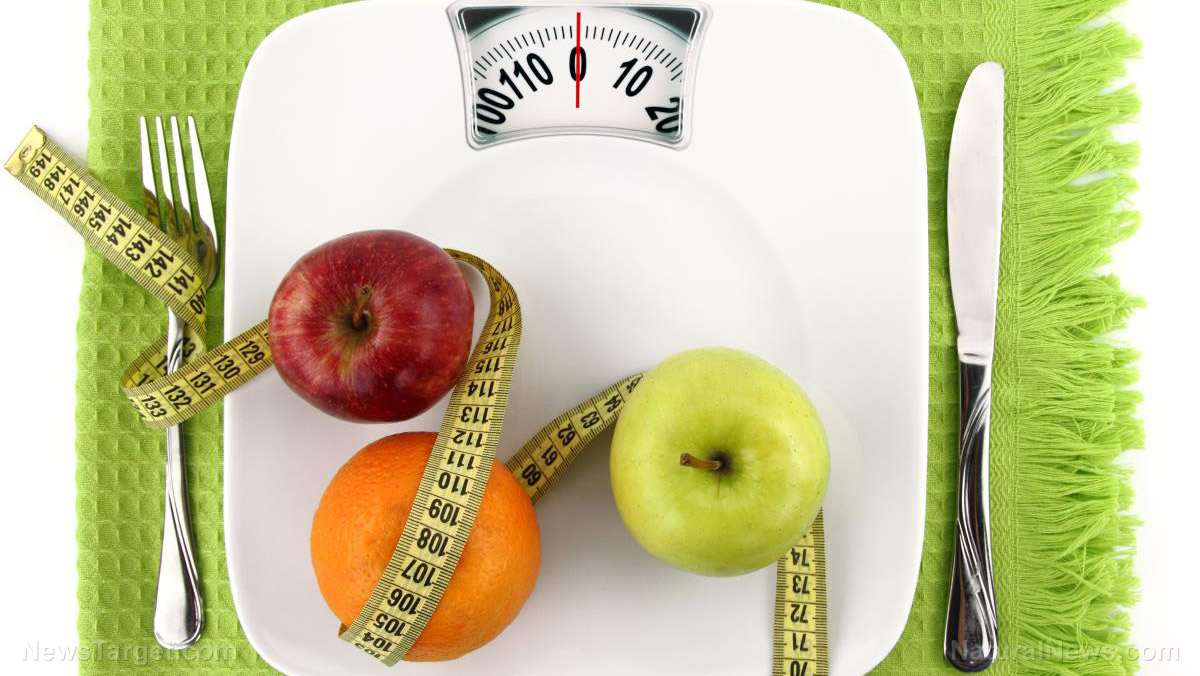
Advertisement
Following a thrice-a-day eating pattern may be healthier for you if you have Type 2 diabetes. This is compared to the six-meal-a-day diet that most physicians would recommend you.
In the study, researchers from Tel Aviv University gathered 28 diabetes patients who were assigned to follow either the three-meal or the six-meal diet for 12 weeks. The researchers assessed the participants’ body weight, glycemic control, continuous glucose monitoring, appetite and clock gene expression on three separate occasions — at baseline, after the second week of the diet intervention and after 12 weeks.
After the diet intervention, the team recorded that those who followed the three-meal diet lost more weight than those in the six-meal diet. In addition, they had lesser hemoglobin A1c levels, were less hungry and had lesser cravings compared to the other group. Hemoglobin A1c was measured to assess the glucose levels in the hemoglobin of the subjects over the last three months. Moreover, the subjects on the three-meal pattern had a more significant decrease in their fasting glucose levels compared to the other group. In addition, the circadian clock gene expression of the subjects in the three-meal diet improved better than their counterparts.
In the three-meal diet that the researchers implemented, most of the macronutrients were consumed in the early hours of the day. For breakfast, the subjects on the three-meal diet consumed food of 700kcal, followed by a lunch of 600kcal and a dinner of 200kcal. They were tasked to eat breakfast before 9:30 in the morning, lunch between 12 p.m. and 3 p.m. and dinner between 6 p.m. and 8 p.m.
As a result of this type of dietary pattern, they lost an average of 5.9 percent of their weight and reduced their hemoglobin A1c levels by an average of 12mmol/mol. In addition, their desire for sweets in the afternoon and evening — the times of the day when they ate less — were reduced. In fact, the subjects on the three-meal diet experienced a decrease in their overall cravings. This is contrary to evidence that according to researchers, shows that cravings are highest in the late afternoon and early evening.
Better than the six-meal diet
Meanwhile, those who were assigned to follow the six-meal diet had the same composition of fat, protein and carbohydrates as the three-meal group, and they also took their breakfast, lunch and dinner in the same time slots with the other group. The only difference was, they divided the food intake in six meals, with snacks every 11 a.m., 5 p.m. and 10 p.m.
After 12 weeks, the members of the six-meal group had a non-significant weight reduction, with only two participants losing more than two kilograms after the diet intervention. Also, in the other factors measured, the subjects in this group showed very little, or non-significant improvement.
According to the study, following a six-meal dietary pattern would only require more insulin therapy. And if there’s a higher intake of insulin, it could result to weight gain and even insulin resistance. The team added that there are animal and human experiments that showed distributing the meals across the day just like in the six-meal pattern resulted in weight gain, increased lipid synthesis, fatty liver and hyperglycemia.
“In conclusion, our results show that, as opposed to the 6Mdiet, the 3Mdiet is an efficient therapeutic means for individuals with Type 2 diabetes treated with insulin, as it leads to weight loss; a significant reduction in HbA1c, appetite, and overall and nocturnal glycemia; and a substantial decrease of the daily insulin dose. Upregulation of clock genes seen in this diet intervention could contribute to improved glucose metabolism” wrote the researchers in their study that is published in the journal Diabetes Care.
Visit DiabetesCure.news to learn about healthy dietary patterns you can follow if you have Type 2 diabetes.
Sources:
Advertisements







